How to Treat & Prevent Bed Sores in Elderly People
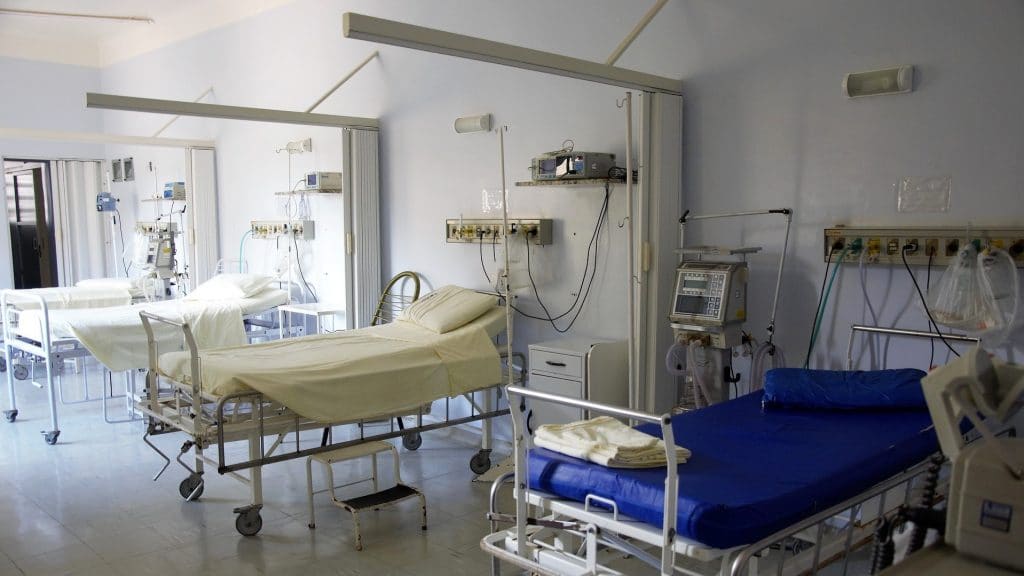
Pressure ulcers or decubitus ulcers, commonly referred to as bed sores, are among the most feared complications to bedridden patients. Because of certain risk factors associated with old age, bed sores in elderly people are particularly prevalent. So, preventing bed sores in elderly people must be a priority for caregivers. This post will explain everything from what bed sores are, what causes them, the risk factors, common sites, and the stages of bed sores to the treatment and, of course, prevention of bed sores.
Scary Bed Sore Statistics
The Agency for Healthcare Research and Quality (AHRQ) confirms this connection and reveals other unsettling statistics:
- 2.5 million patients per year develop bed sores.
- The cost to treat them is $9.1 billion to $11.6 billion per year in the US.
- Individual patient care ranges from $20,900 to $151,700 per bed sore.
- Each bed sore adds $43,180 in costs to a hospital stay.
- Over 17,000 lawsuits are linked to pressure ulcers a year.
- 60,000 patients die as a direct result of a bed sore each year.
What Are Bed Sores?
Bed sores are localized injuries to the skin and underlying tissues. They result from prolonged pressure on the skin, which leads to inadequate blood flow to the area. Without the blood that carries oxygen and nutrients, the cells in the affected tissues can’t function normally, so they become damaged and eventually die. Bed sores in elderly patients can develop quickly, typically in places where the skin covers the bony prominences of the body. They can lead to severe complications and even death, so it’s imperative to recognize and treat them as soon as the first signs become noticeable.
Common Sites of Pressure Sores
Areas of the body where the skin presses directly against bone are at risk for developing bed sores because this is where it’s easiest to compromise blood flow. Virtually all bed sores in seniors form in the following places after prolonged periods of immobility.
For bedridden people, common sites include:
- hips, lower back, and tailbone
- shoulder blades
- back or sides of the head
- heels, ankles, and behind the knees
For people who use a wheelchair, common sites include:
- tailbone and buttocks
- shoulder blades and spine
- backs of arms and legs
What Causes Bed Sores in the Elderly?
Three main factors contribute to the formation of bed sores:
- Pressure: Persistent pressure that compromises the blood flow to a localized body area is the leading cause of bed sores. As noted, without oxygen and nutrients, our cells will die. Damage starts from the skin and moves deeper toward the bones.
- Friction: Can lying on a towel cause bed sores in elderly patients? Yes, friction against rough towels, clothing, and bedding can make fragile skin vulnerable to injury. Furthermore, moisture makes things even worse.
- Shear: This occurs when two surfaces move in the opposite direction. For instance, when you elevate the bed, you may slide down, but your skin may stay in place. Shearing in areas where very little tissue separates skin and bones can damage it.
What Are the Risk Factors for Bed Sores?
Bed sores in older adults form more often than in other age groups because, in addition to frailty and thin skin, they tend to have more risk factors, which include:
- Immobility: Poor health, spinal cord injury, and other causes can lead to immobility. This, in turn, prevents people from quickly changing positions to alleviate pressure on the affected parts of the body.
- Changes in sensory perception: Diabetes and other conditions that cause nerve damage can result in loss of sensation in parts of the body. Without the ability to sense discomfort and change position, bed sores in elderly people are more likely to occur.
- Reduced blood flow: Certain medical conditions, such as atherosclerosis and other vascular diseases affect blood flow. This is a predisposing factor that increases the risk of tissue damage.
- Malnutrition and dehydration: Not eating enough nutritious foods and not drinking enough fluids can lead to frailty and dry skin, making the breakdown of tissues easier.
What Are the Signs and Symptoms of Bed Sores?
When it comes to bed sores symptoms, stages play a significant role in how they appear. Bed sores are classified into several stages according to their depth, severity, and other factors. We will describe the signs and symptoms of each stage individually.
What Are the Stages of Pressure Ulcers?
The National Pressure Ulcer Advisory Panel (NPUAP) updated its terminology and classification in 2016. The preferred term is now “pressure injury” because it’s more accurate, though “pressure ulcer” remains more widespread. There are four bed sores stages and two additional categories. The updated staging system includes:
Stage 1 Pressure Injury: Nonblanchable Erythema of Intact Skin
What is the first sign of a pressure sore? It’s the redness of the skin that’s still intact but doesn’t turn white when pressed. Changes in sensation, temperature, or firmness can also be present. The purple or maroon discoloration is excluded from this stage because it may indicate deep tissue injury.
Stage 2 Pressure Injury: Partial-Thickness Skin Loss With Exposed Dermis
The second stage is characterized by the painful partial loss of skin where the underlying tissue (but not fat tissue) becomes visible. Intact or ruptured serum-filled blisters also belong in this stage. The wound is still viable, meaning it can heal, but any second–degree bed sores medication treatment in elderly people, and other adults, has to include antibiotics to prevent infections.
Stage 3 Pressure Injury: Full-Thickness Skin Loss
In the third stage, all layers of the skin are lost, exposing fat tissue. Undermining and tunneling may occur, but deeper tissues are not visible. Slough and/or eschar (dead tissue) may be present, but not to the point of obscuring the extent of the tissue loss.
Stage 4 Pressure Injury: Full-Thickness Skin and Tissue Loss
The fourth stage includes all the above signs, but tissue loss extends to the fascia, muscle, tendon, ligament, cartilage, or bone in the ulcer. There is often no pain in this stage of pressure ulcers in elderly people because the sensory nerves are completely lost.
Unstageable Pressure Injury: Obscured Full-Thickness Skin and Tissue Loss
Ulcers belonging in this stage have full-thickness skin and tissue loss in which the extent of tissue damage within the ulcer can’t be confirmed because it’s obscured by slough or eschar. A stage 3 or stage 4 pressure injury will be revealed if the slough or eschar is removed. Stable eschar in pressure ulcers in older adults shouldn’t be softened or removed.
Deep Tissue Pressure Injury: Persistent, Nonblanchable Maroon or Purple Discoloration
Intact or broken skin with a localized area of non-blanchable deep red, maroon, or purple discoloration indicates a deep tissue injury. Discoloration may appear differently in darkly pigmented skin. Changes in temperature and pain in elderly people precede skin color changes. The wound may evolve quickly to reveal the actual extent of tissue injury or resolve without tissue loss.
Complications of Bed Sores in the Elderly
If you recognize warning signs of bed sores, change your position so that you relieve the pressure on the area, and if there’s no improvement in two days, contact your doctor. Without proper treatment, complications of pressure ulcers can be life-threatening. Untreated bed sores may cause:
- Cellulitis: This is an infection of the skin and underlying soft tissues. Its symptoms include warmth, redness, and swelling.
- Bone and joint infections: The infection can also reach bones and joints, causing joint pain in elderly people and leading to bone infections (osteomyelitis) and joint infections (septic arthritis).
- Sepsis: Rarely, the infection from a bed sore can enter the blood, which means it can cause sepsis. Can bed sores lead to death? Yes, if sepsis progresses into septic shock.
- Cancer: Pressure ulcers can even cause cancer. Long-term irritation is a risk factor for cancer, and nonhealing wounds (Marjolin’s ulcers) can turn into a type of skin cancer.
Risks of Bed Sores During the Pandemic
Not only has the COVID-19 pandemic increased the number of patients who need hospitalization, but it has also complicated care and bed sores prevention. Sedated COVID patients are usually placed on their belly instead of their neck to assist with breathing. So, in this position, nurses don’t look for pressure injuries on the patient’s back but keep a sharp eye on their:
- face
- knees
- shoulders
- ears
Moreover, rare coronavirus symptoms may be mistaken for bed sores in elderly patients. For that purpose, the National Pressure Injury Advisory Panel’s position paper warns health care providers to be alert to skin discoloration in COVID-19 patients. In other words, skin manifestations like “COVID toes”—pinkish-reddish “pernionlike lesions” that turn blue to purple in time—can resemble deep tissue injury but are actually a symptom of the virus.
How Are Bed Sores Diagnosed?
Bed sores in the elderly are diagnosed by performing a physical exam. Your doctor will assess the damage and assign a stage, which will also determine the treatment. Additionally, they may perform blood tests and take swabs of the wound. More tests can be made to discover possible complications.
How to Treat Bed Sores in Elderly Patients
The treatment of bed sores includes relieving pressure on the affected area, controlling pain, caring for wounds, and fighting infections. A broad team of medical experts may be involved in the treatment and pain management of elderly people. It can include a family doctor, a doctor or nurse specializing in wound care, and a physical therapist for help in improving mobility. Bed sores treatment can also call for a dermatologist, neurologist, orthopedic surgeon, or plastic surgeon. All that depends on the stage of the sores.
So how do you treat bed sores?
- Reduce pressure: It’s essential to find a way to avoid putting pressure on the wound and frequently change positions in the bed, at least every two hours. Specially designed cushions may also be used for pressure sore treatment, contributing to pressure relief.
- Clean and dress wounds: Wound care depends on the stage, but it has to be cleaned every time before changing bandages. A bandage helps in bed sore treatment by keeping the wound moist, creating a barrier against infections, and keeping the surrounding skin dry.
- Remove dead tissue: Infected, damaged, or dead tissue must be removed for the wounds to heal properly. This is done by performing debridement (tissue removal), usually by a surgeon capable of using several methods.
- Control pain: Treating bed sores in the elderly often includes long-term oral and topical pain medication because pressure ulcers can be excruciatingly painful.
- Fight infection: Infected pressure ulcers also have to be treated with local and systemic antibiotics, in addition to regular wound care.
- Negative pressure therapy: Also known as vacuum-assisted closure, this method uses a device to drain the wound and clean it with suction.
- Surgery: Sometimes, large pressure ulcers won’t heal on their own after trying bed sores home treatment. As a result, reconstructive surgery may be a necessary means to repair the skin and other tissues.
How to Treat Bed Sores in the Elderly at Home
Stage 1 and uncomplicated stage 2 bed sores can be treated at home. Properly caring for the wound and reducing pressure by repositioning the body are key. It’s necessary to frequently change position and avoid putting pressure on the wound as much as possible. Purchasing a good mattress or cream for bed sores can help reduce pressure as well. However, that alone is not enough.
Dealing with underlying causes, such as diabetes, and improving nutrition and hydration must also be included in the treatment for bedsores in elderly people. Also, medical alert systems can help people with mobility issues who live alone. They’re handy in emergencies when you need to reach your caregiver as soon as possible.
Prognosis of Pressure Ulcers in the Elderly
About 70%–90% of pressure ulcers are stage 1 or stage 2. They can heal within one to six weeks. Stage 3 and 4 pressure ulcers can take months to heal, another reason for aggressive bed sore treatment and prevention that will halt progression into later stages.
How to Prevent Bed Sores in the Elderly
Preventing pressure ulcers is easier than treating them, but this can be challenging as well. Encouraging mobility is the best way to avoid bed sores. But often, this isn’t possible. In those cases, seniors have to rely on the dedication of their caregivers.
Tips on preventing bed sores include:
- moving the senior at least every two hours in the bed or shifting their weight every 15 minutes in the wheelchair
- quitting smoking
- regular skin inspections
- keeping the skin healthy and dry
- maintaining good nutrition and hydration
- treating chronic conditions
Conclusion
Bed sores in elderly people are more common than in other age groups. That’s why we need to take special care of our seniors. Improving mobility should be a priority, but caregivers have to take all the necessary measures to prevent bed sores from developing when that isn’t possible. Pain management in elderly people is also crucial because older people often deal with aches and pain, usually from chronic health conditions.
FAQs
What causes bed sores?
Bed sores are caused by pressure against the skin, limiting blood flow to the skin. Limited movement may make the skin prone to damage and contribute to the development of bed sores. That said, the primary contributing factors are pressure, friction, and shear.
How do you treat bed sores in the elderly?
Treating bed sores depends on their stage and severity. That said, stage 1 and 2 bed sores can typically be handled at home, while a later-stage bed sore treatment should involve medical intervention. Also, a doctor will have to monitor the bed sore closely. Severe bed sores may end in surgery or a hospital stay.
How to treat pressure sores on the buttocks?
Whether on the buttocks or other body areas, pressure ulcers are complex, as they can be painful, debilitating, and life-threatening. Be that as it may, there are ways of treating pressure sores on the buttocks from sitting. They include:
- Changing position (helps with stage 1 and 2 pressure ulcers)
- Using specially designed dressings (or bed sore cream that may speed up the healing process)
- Using good pillows and mattresses (rest on a specially made foam or air-chamber cushion)
Can bedsores be prevented?
As we mentioned, bed sores can be prevented. One way of doing that is frequently repositioning yourself to avoid stress on the skin, which may lead to pressure sores on feet, ankles, tailbone, and hips. Other strategies include:
- taking care of your skin
- keeping good nutrition and fluid intake
- managing stress
- quitting smoking
- exercising every day
Can bed sores be fatal?
Even though bed sores are preventable, they occur primarily in people in hospitals and nursing homes. Unfortunately, not everyone survives them. Bed sores in elderly people can be fatal if they progress to the point that they cause severe health complications, like cellulitis, infections, or sepsis.



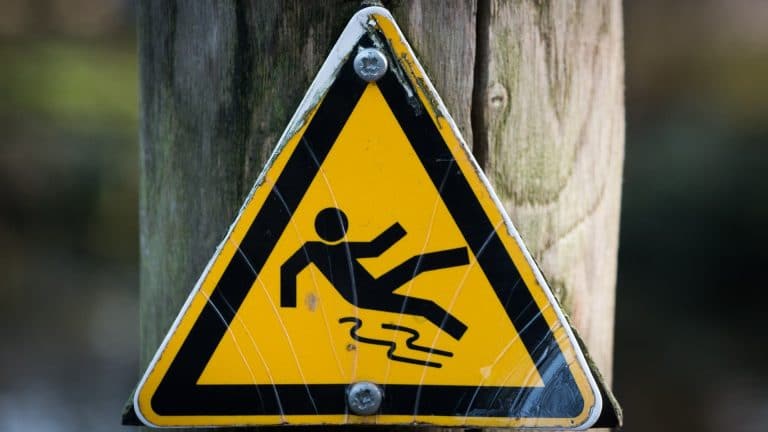
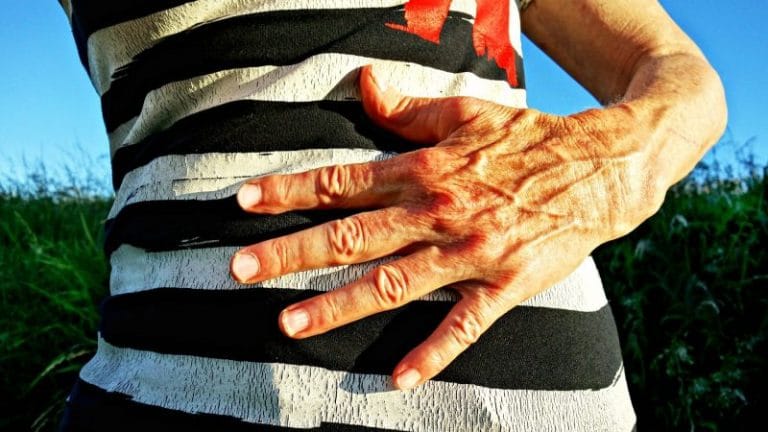
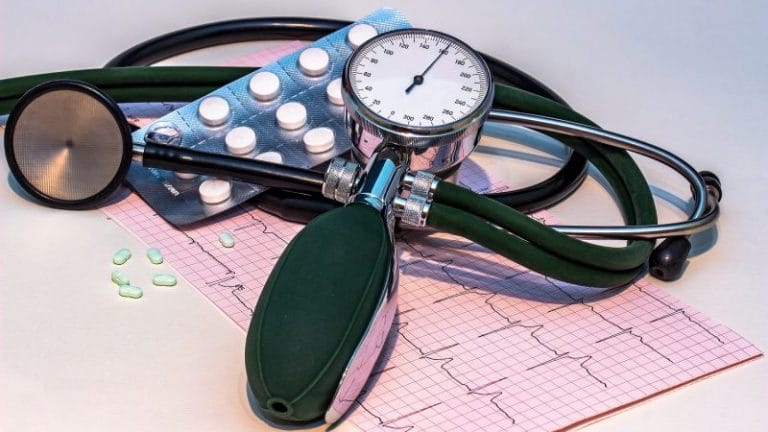
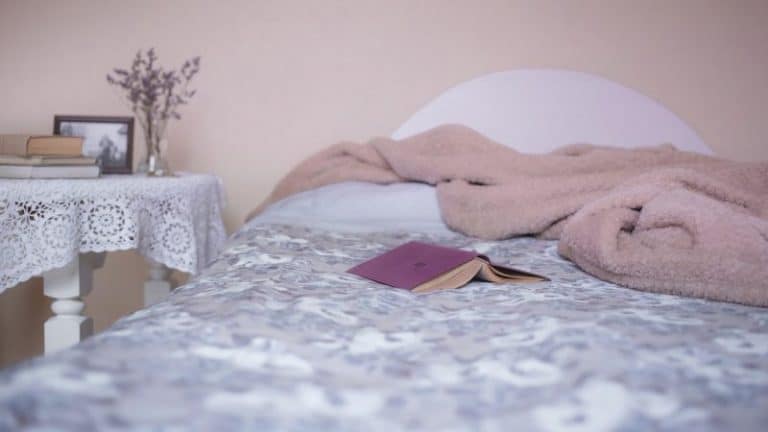
Very difficult, virtually impossible in many cases. Moving a patients every 2 hours is burdensome on the patient as well as Staff. I am 90 and fully, if slowly mobile, but do sit down a lot, and my buttock areas are becoming sore, but not broken. My Apple Watch reminds me to stand every hour. But I cook my food etc., and generally walk about ‘quite’ a bit, but still sore. I dread being bedbound. I have has a new mattress about every 14 months, blaming that for the discomfort, and it seems to work for a month or two. A very difficult problem. Wrong to blame Staff, I see a legal firm is seeking business purely on this topic.